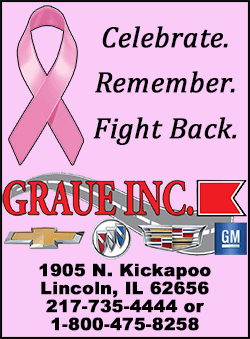|
 The research, led by B. Douglas Bernheim, chair of economics at
Stanford University, analyzed data following 18 Trump rallies held
between June 20 and Sept. 22, three of which were indoors. Bernheim
said in an email the work relies on statistical methods to infer
causation after an event has occurred. The research, led by B. Douglas Bernheim, chair of economics at
Stanford University, analyzed data following 18 Trump rallies held
between June 20 and Sept. 22, three of which were indoors. Bernheim
said in an email the work relies on statistical methods to infer
causation after an event has occurred.
Infectious disease experts have long suspected that the president's
rallies ahead of the Nov. 3 election might be so-called
superspreader events. But so far, scientists have not been able to
get a good read on their impact, in part because of a lack of robust
contact tracing in many states.
WHAT IS THE CONCERN?
In recent months, Trump has held several dozen rallies in states
such as Pennsylvania, Minnesota and Wisconsin, where coronavirus
infection rates were already on the rise.

At each event, several thousand people were estimated to have
participated. While most of the rallies were held outdoors, video
footage show that participants gathered in close proximity and many
were not wearing masks, creating a risk of spreading the virus as
they cheered their candidate on.
"It's not a major stretch" to say that large unmasked gatherings are
likely to spread the virus, said Dr. Amesh Adalja, an infectious
disease expert at Johns Hopkins Center for Health Security.
Adalja said the Stanford paper was "suggestive" of spread from the
events, but not definitive because it was not based on an
investigation of actual cases. That would help confirm whether
participants were exposed to the virus at the event, rather than
other places where transmission is rampant.
WHAT DO WE KNOW?
Minnesota public health officials have attributed four COVID-19
outbreaks and more than 25 cases to Trump rallies held in the state
in September and October.

[to top of second column] |

An additional 11 state health departments contacted by Reuters said they had not
been able to trace infections to the rallies, although some, including Michigan
and Wisconsin, have determined that individual people who later tested positive
for COVID-19 were present at Trump campaign events.
WHAT DATA ARE NEEDED?
Disease experts say that rigorous contact tracing from one such large event
could help arrive at an accurate prediction of how infectious such rallies can
be.
But the United States has fallen behind other developed countries in this
regard, due to a lack of funding and coordination for contact tracing by the
Trump administration.
"The problem is we've not done anything to get real numbers," said Dr. Eric
Topol, a genomics expert and director of the Scripps Research Translational
Institute in La Jolla, California. Instead, it is subject to conjecture and
mathematical models.
For example, scientists can use gene sequencing to trace minute changes in the
genetic code of the virus as it passes from one person to another, allowing them
to develop a map of where the virus travels. Such work has been used outside the
United States, including in Australia and Hong Kong, to trace COVID-19
outbreaks.

"If we even had one rally where there was definitive tracing, then you could
extrapolate. But we've had none. Our country has performed as if contact tracing
doesn't exist," Topol said.
(Reporting by Julie Steenhuysen in Chicago and Carl O'Donnell in New York;
Editing by Daniel Wallis)
[© 2020 Thomson Reuters. All rights
reserved.] Copyright 2020 Reuters. All rights reserved. This material may not be published,
broadcast, rewritten or redistributed.
Thompson Reuters is solely responsible for this content. |